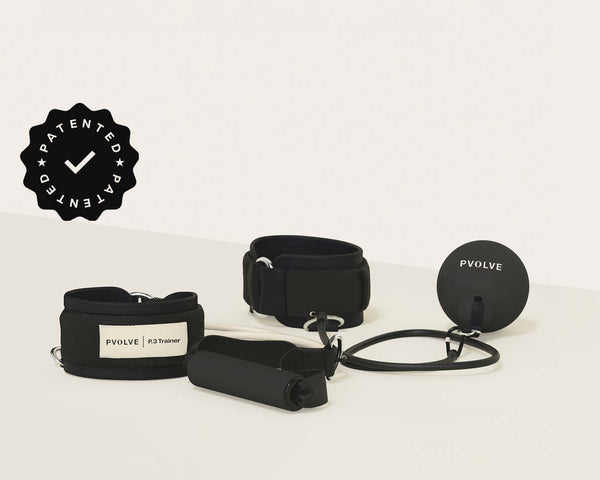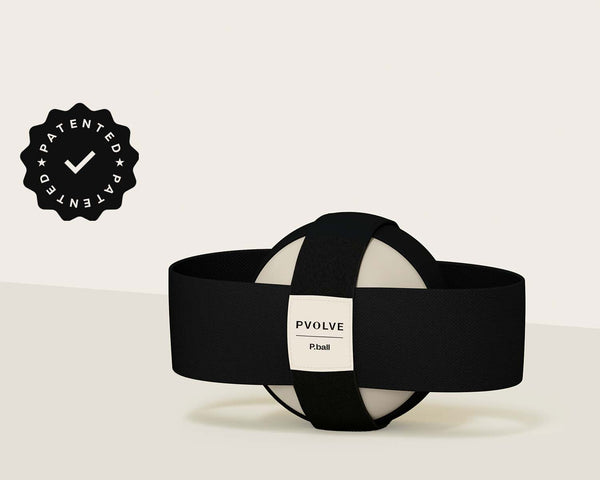We ask a lot of our knees every day. Whether you’re an avid Pvolver, a busy mom, an over-booked student or a professional glued to your at-home workstation, you’re probably putting more pressure on your knees than you realize. In fact, the US National Library of Medicine reports that approximately 25% of adults experience severe knee pain. Fortunately, this pain can be prevented or minimized through exercise.
Experts Maeve McEwen, Director of Programming and Lead Trainer, and Dr. Amy Hoover, Chief Physical Therapist PT, DPT break down the importance of knee stabilization and how the Pvolve Method can help strengthen your knees.
Keep reading to learn from the experts, and stay tuned for three specific exercises from our Knee Stability Series that can help strengthen your knees.
Knee Stabilizing Benefits
Almost every motion in the lower body involves the knee, from walking, running and jumping to simple movements like standing, getting out of bed and going up stairs. So whether you are looking to reduce everyday pain or improve athletic performance, it is important to strengthen and stabilize your knees.
How Can I Improve My Knee Stability?
You can improve your knee stability by strengthening the surrounding muscles of your legs — specifically the quads and hamstrings — as well as increasing mobility and stability in your foot, ankle and hips.
Exercises that can improve knee stability include things like knee extensions, hamstring curls, leg lifts, wall squats, and straight leg raises.
What Muscles Stabilize Knees?
The knee joint is made up of three joints: the medial joint, the lateral tibiofemormoral joints and the patellofemoral joint.
The medial and lateral tibiofemoral joint is the part of the knee joint where your thigh meets your lower leg. It is a primary hinge joint with a small amount of rotation and is moved by the hamstring and quadriceps muscles. The patellofemoral joint is the kneecap that glides along the femur or thigh bone — it’s moved by the quadriceps muscle.
The knee joints are stabilized by the attached muscles, including the quadriceps, which are a group of four separate muscles, and the hamstrings, which are a group of three muscles. The quadriceps primarily extend or straighten the knee, whereas the hamstrings primarily flex or bend the knee. Above and below the knee is influenced by the stability of the hip and the ankle; the knees rely on strength in both of these areas to function and stabilize properly. The stability of the knee joints depends heavily on strength and proper function of all of these muscles, so weakness or decreased mobility in any of these areas can negatively influence the knee joint.
Our Best Knee Stabilization Exercises
Check out the video below for three moves from our Knee Stability Series to help stabilize your knees.
Bent single leg raise

Start with your hands behind your head and your feet hips distance apart. Tap your left foot a few inches in front of the right and pressing through your standing heel and thigh pull your left leg up to hip height with a bend in the knee. Return your left toe to the floor in front of your right foot.
Repeat 10 times on each side.
Lower Body Hip Hinge & Reach

Start with your left foot stable on the ground and your right foot out to the side on a glider. Slowly move into a hip hinge, reaching in front of you and sliding your right foot to the side as far as you can. Return to start position.
Repeat 8 times on each side.
Glute Kick Back

Start on all fours, extend your left leg back until your thigh is parallel with the floor. Squeezing your glute, bend at the knee as you pull your leg toward the ground. Return to starting position.
Repeat 10 times on each side.






































